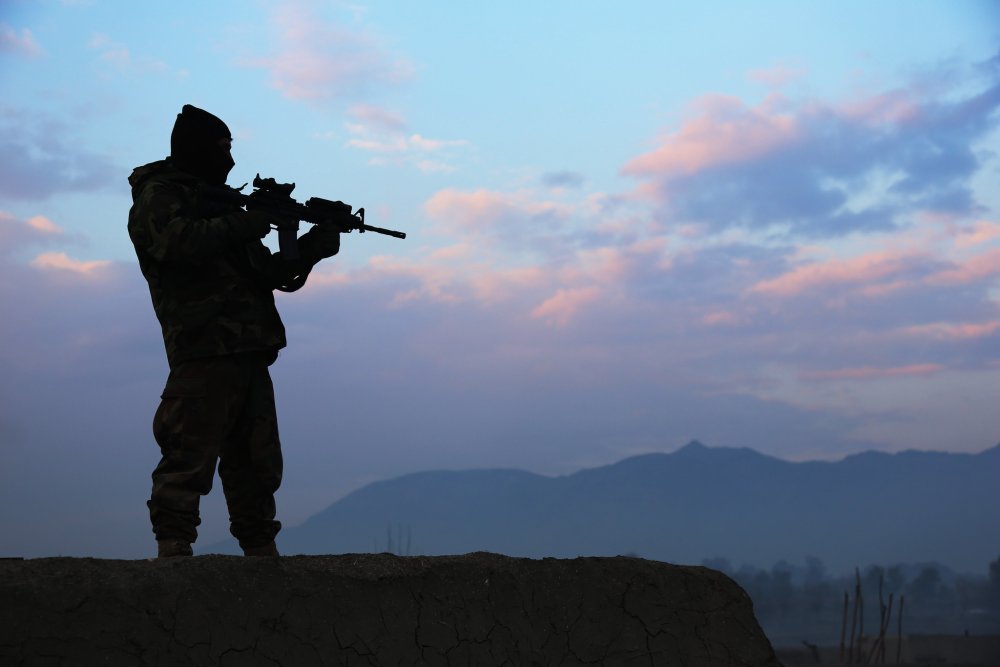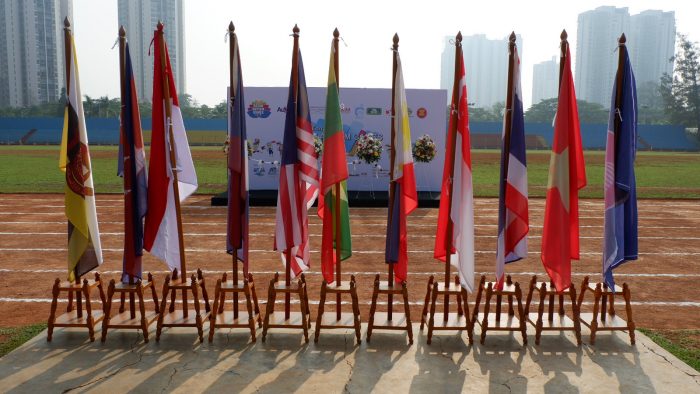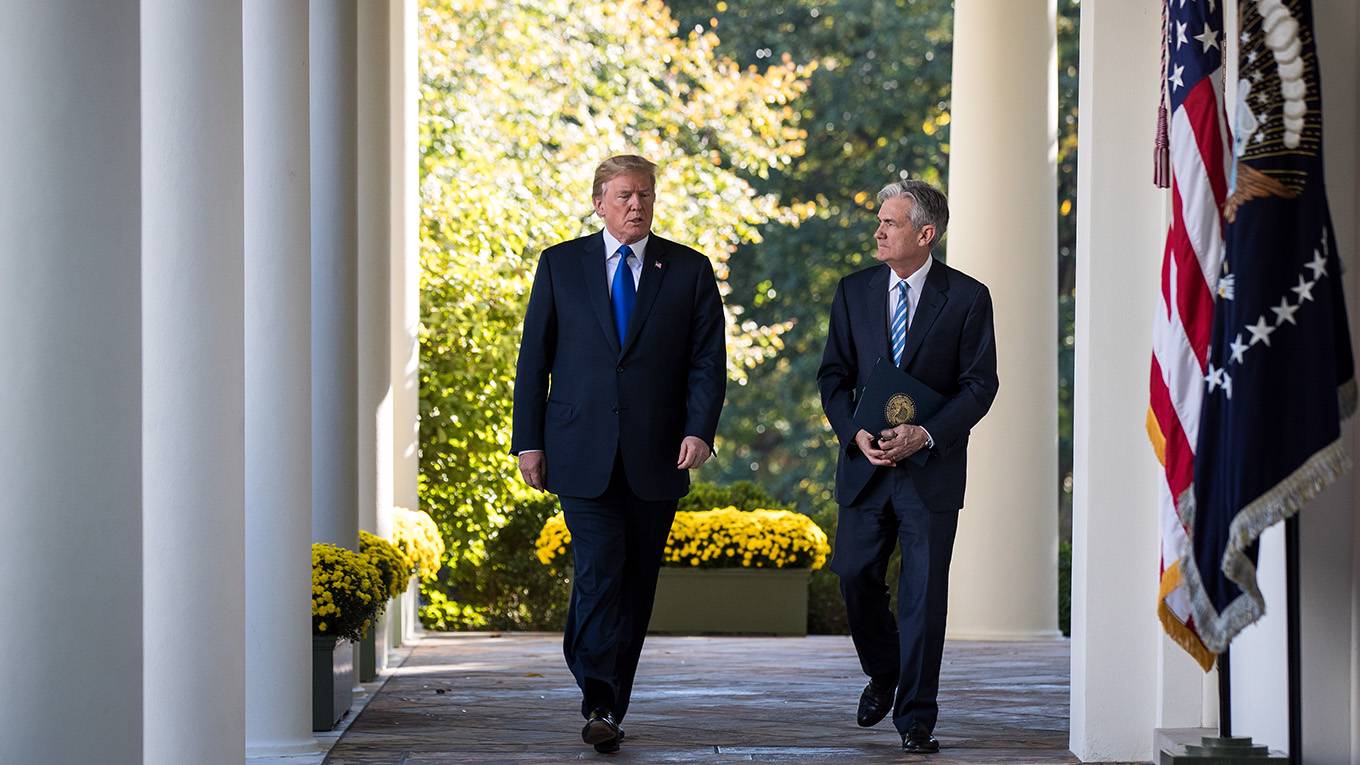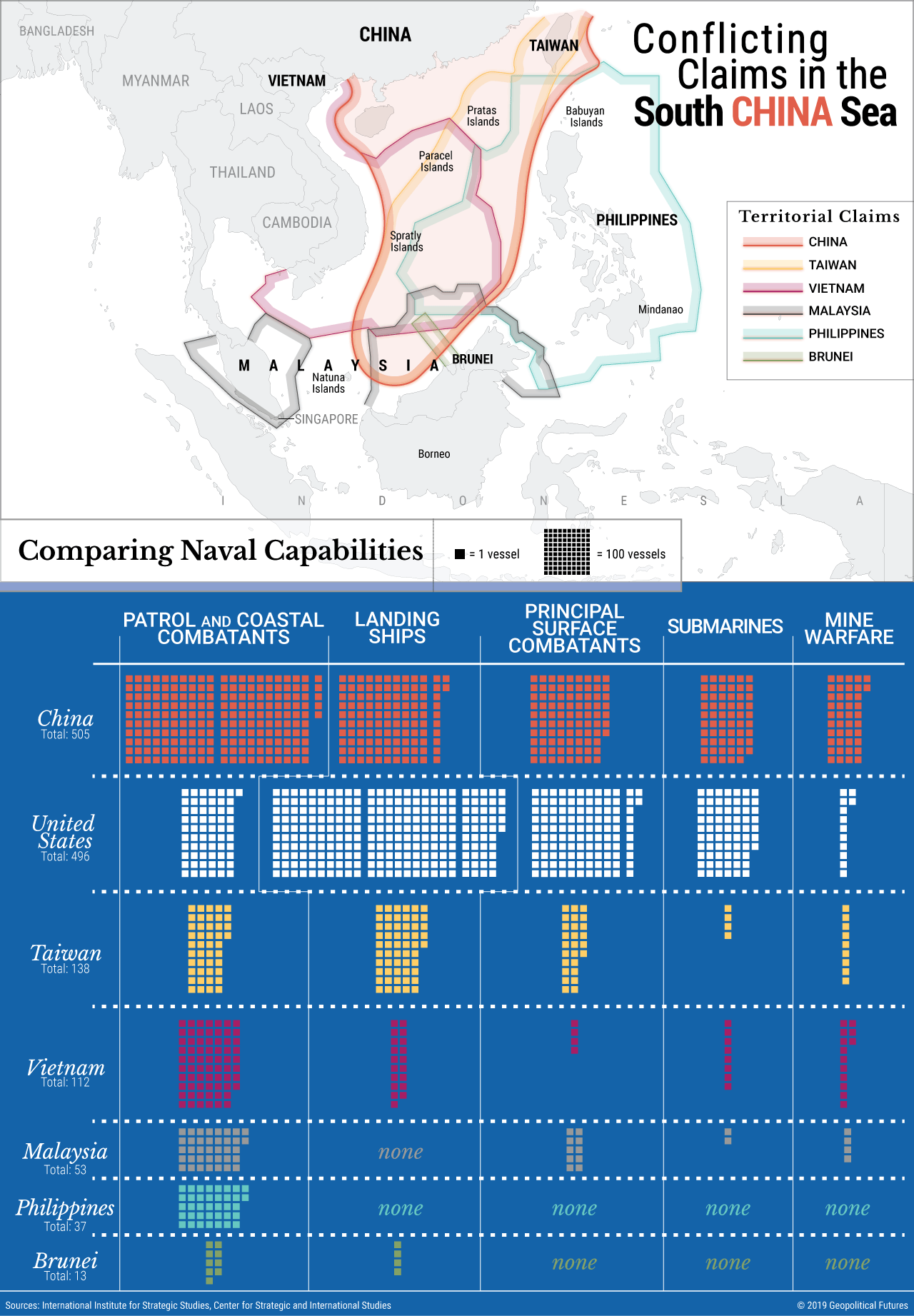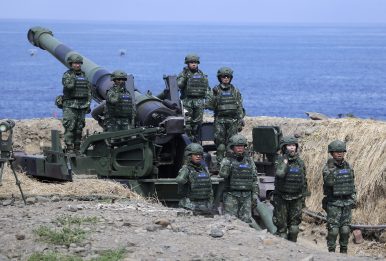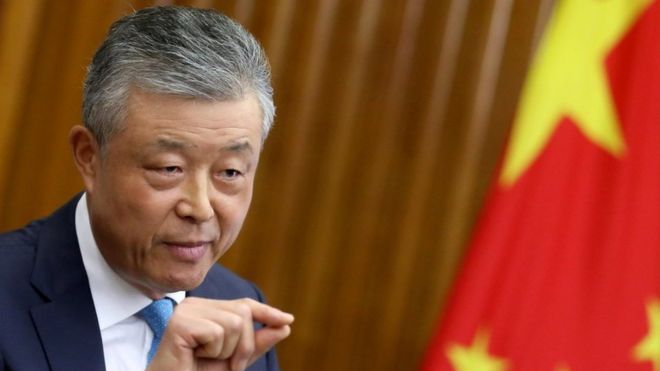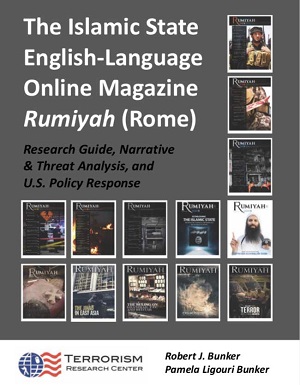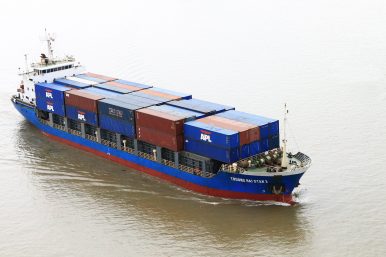John Foulkes, Howard Wang
At the 2019 Shangri-La Dialogue in Singapore, People’s Republic of China (PRC) Defense Minister Wei Fenghe dismissed a question on whether the PRC is seeking a future military presence in Cambodia (VOA Cambodia, June 3). This question arose following an assessment by the U.S. intelligence community that autocratic developments in Cambodia—particularly the single-party dominance of Cambodia’s legislature, which has extended Prime Minister Hu Sen’s tenure and made possible a constitutional amendment permitting a foreign military presence in the country—had increased the possibility of a Chinese military presence on Cambodian soil (Senate Select Committee on Intelligence, January 29). Cambodian officials exacerbated these concerns in June when they withdrew a 2017 request to the United States for funds to upgrade facilities at the Ream naval base near Sihanoukville (Radio Free Asia, July 2; Observer Network, July 2).
Recent media reports have indicated that Cambodia signed a “secret agreement” giving the PRC use of Ream, where it may station military servicemen and warships, for 30 years (WSJ, July 22). Although Cambodian and Chinese officials vehemently deny the existence of this agreement, gaining access to Ream is broadly consistent with Chinese foreign policy. The PRC appears to be employing Belt and Road Initiative (BRI) funding to further strategic cooperation with Cambodia through the construction of potential dual-use infrastructure. Ream naval base is the latest in a network of regional security projects—including Cambodia’s Dara Sakor investment zone and Thailand’s Kra Canal—which, taken together, significantly improve Chinese power projection into the Indian Ocean Region (IOR).


